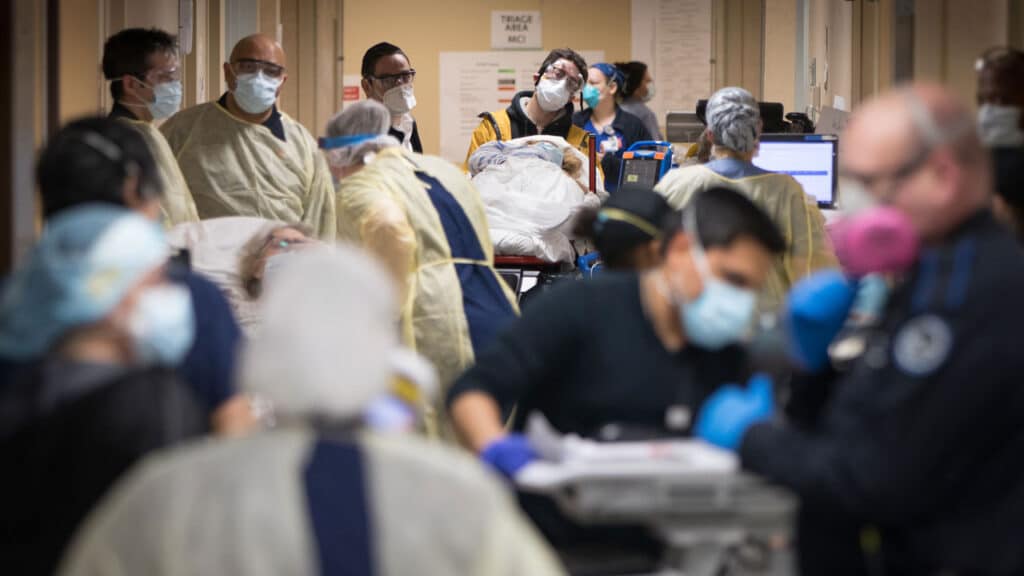As we’re perhaps becoming all too aware, health isn’t always an individual matter. In some cases, it’s a public concern. When it comes to infectious diseases, which can spread rapidly through a community, that community needs to work together to tackle it.
When a disease starts to spread around a particular area or population, the race is on to find the source of the infection and how it’s traveling between people. There’s even a distinct medical specialty just focused on infectious disease, just for those occasions when cause and cure are particularly hard to identify.
Most infectious diseases are caused by bacteria or viruses, but fungi, parasites and prions can also infect. Different infections are transmitted in different ways: they can be airborne, waterborne, spread through physical contact or bodily fluids, and can contaminate food, soil or other substances. They can even be passed through other organisms, called vectors (like mosquitoes carrying malaria).
One famous example of identifying the origins of an infection happened in 1854. There was a major cholera outbreak in London that killed more than 600 people. Dr. John Snow was determined to trace the cause. At the time, most people thought cholera was spread by miasma, or bad air.
It would be a few more years before Louis Pasteur identified germs as a major source of disease. Snow didn’t know that there were tiny microorganisms in the water that carried cholera. What he could do was trace who was being infected, who was dying and how rates varied in different parts of the city. It became apparent that the center of the outbreak was a specific water pump used by a particular segment of the population.
Snow’s discoveries would eventually encourage a major shift in attitudes toward public health, particularly in the construction of proper sanitation facilities to make sure drinking water could not be contaminated. Even without being able to see the germs, knowing that the disease was traveling through water allowed appropriate measures to be taken to alleviate the spread.
We’ve become a lot more aware of how disease transmission works since that time. Proper hygiene, ventilation, vaccinations… we’ve taken lots of steps to make it harder for diseases to spread around a community. It’s an ongoing challenge, with new threats regularly emerging, but the right tests and analysis can keep us moving in the right direction.




